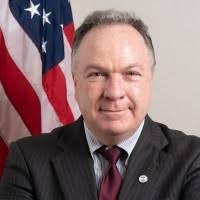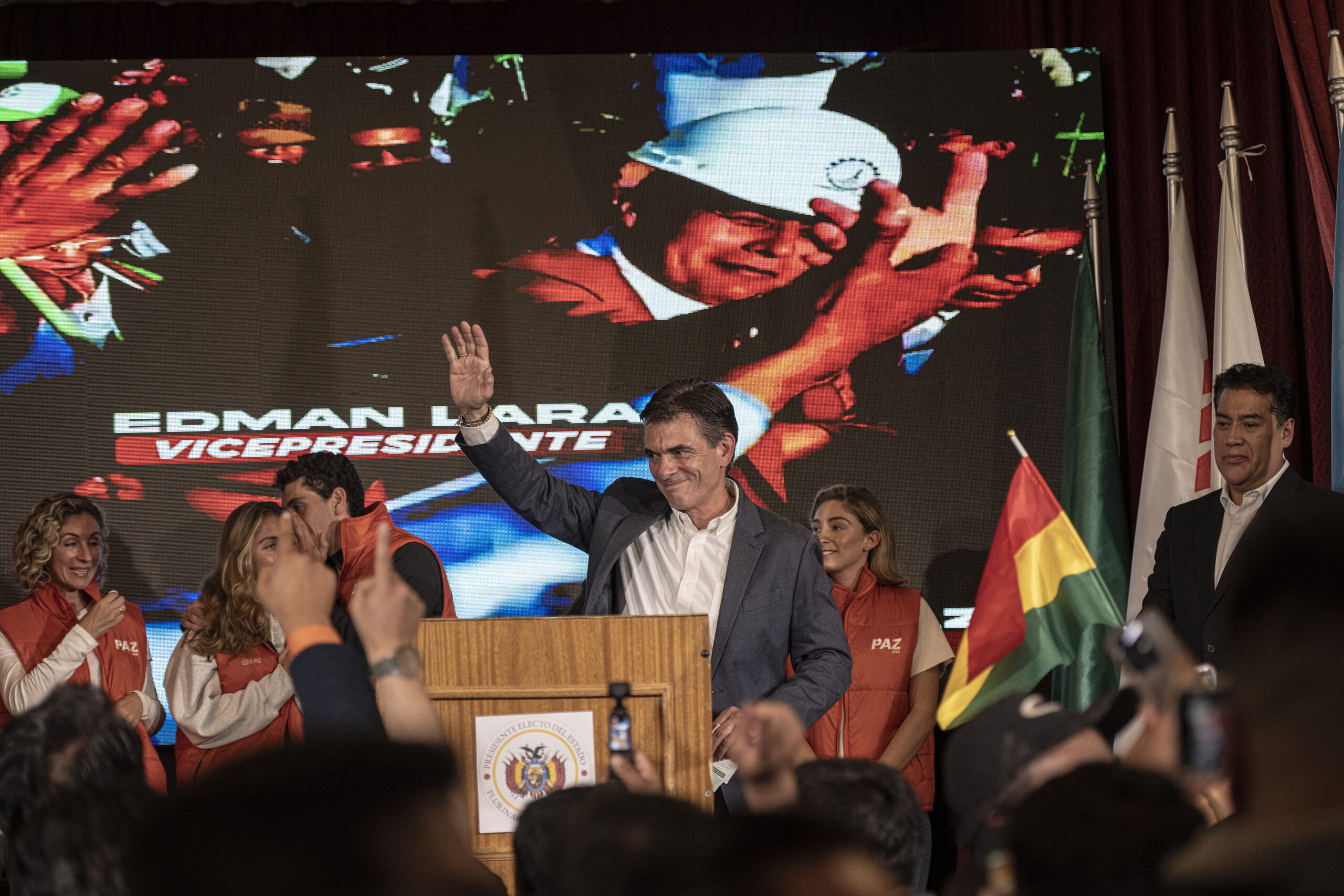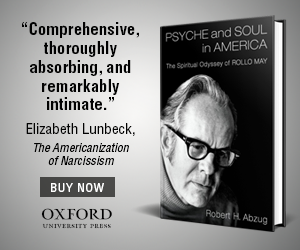Bolivians voted in a presidential runoff on October 19, electing Rodrigo Paz with a preliminary 54.6% of votes. Right-wing former President Jorge “Tuto” Quiroga, who received 45.4% of the votes according to initial tallies, conceded defeat and congratulated his opponent, who has promised a profound economic overhaul.
A Christian Democrat Senator and the son of former President Jaime Paz Zamora, Paz was the surprise winner of the first round in August. When he takes office on November 8, he is set to lead Bolivia through a period of economic crisis following almost 20 years of Movimiento al Socialismo (MAS) party leadership.
AQ asked analysts to share their reactions and perspectives.

Raúl Peñaranda U.
Editor of the Brújula Digital news portal
Rodrigo Paz scored a decisive victory on Sunday, defeating his rival, Jorge “Tuto” Quiroga, with a preliminary nine percentage point difference. His triumph was also geographic: Of Bolivia’s nine departments, Paz prevailed in six, tied in one—Tarija, his home region—and lost only in Santa Cruz and Beni, in the country’s Amazonian lowlands.
Paz’s centrist message ultimately drew more voters than Quiroga’s polarizing campaign, which sought to cast the presidential race as a referendum on former President Evo Morales and the Movement Toward Socialism (MAS). This approach rested on a political reality: In today’s Bolivia, any MAS candidate reaching a runoff would almost certainly have lost. Quiroga’s miscalculation was assuming that Paz embodied the MAS establishment simply because many former party supporters—weary, after two decades, of a regime widely blamed for economic troubles, corruption and creeping authoritarianism—now supported him.
However, as a former opposition senator, Paz has long defined himself as a centrist and remained critical of the MAS’s 20-year dominance. So, in retrospect, Quiroga’s strategy was doomed to fail. This time, Bolivian voters opted for an alternative that included the social base that once backed the MAS.
Paz now faces steep challenges, especially in the early months of his presidency. Chief among them will be deciding what to do about fuel prices, which economists say would need to triple to match international levels. Bolivia no longer has the fiscal capacity to maintain its costly fuel subsidies, and the new president’s decision on the issue is likely to define the country’s economic course for years ahead.
With Paz’s victory, Bolivia has turned the page on the MAS era, closing a political cycle that lasted more than two decades. A new chapter is beginning—though its outlines remain uncertain.

Steven E. Hendrix
Chief executive of Hendrix LLC and senior research fellow at DePaul University College of Law
Rodrigo Paz’s victory marks a new political era for Bolivia. The outcome of the election ends nearly two decades of dominance by the Movement Toward Socialism (MAS) and signals a major turning point for both the country and the hemisphere.
Voters rejected not only a ruling party weighed down by inflation, fuel and dollar shortages, and corruption, but also the idea that Latin America’s political choices must be binary. Rather than a return to the old right, Bolivia chose a centrist reformer promising “capitalism for all,” fiscal prudence, and transparent governance.
For Washington, Paz’s victory opens a narrow but important window. U.S. policymakers see an opportunity to rebuild trust and re-engage on shared interests—democracy, transparency, and access to critical minerals like lithium and rare earths. China and Russia have long dominated those sectors; a centrist government could rebalance partnerships toward the West. Yet the U.S. must tread carefully. Influence will depend on partnership, not pressure.
U.S. Secretary of State Marco Rubio’s comments after the victory are telling. The official sees Paz’s triumph as “a transformative opportunity” for both nations. “The United States stands ready to partner with Bolivia on shared priorities, including ending illegal immigration, improved market access for bilateral investment, and combating transnational criminal organizations to strengthen regional security,” Rubio said in a statement.
At home, Paz inherits a weak economy and a divided legislature. His success will depend on forming an inclusive coalition, restoring fiscal stability, and showing that moderate reform can deliver real gains. If he succeeds, Bolivia could become a model of democratic renewal in the Andes. If he fails, the pendulum will swing back quickly—and the post-left experiment may prove short-lived.

Eduardo Ruiz
Analyst for the Andean Region at Control Risks
The victory of Rodrigo Paz in Bolivia’s runoff election marks a decisive turning point in the country’s political trajectory. His win can be explained by two key dynamics: First, the alignment of opposition forces behind his candidacy, particularly the endorsement of Samuel Doria Medina (who finished third in the first round); and second, his pragmatic centrist platform that appealed to moderate left-wing voters disillusioned with the increasingly fragmented Movement Toward Socialism (MAS).
During his first 100 days, Paz will likely prioritize stabilizing the economy, addressing persistent fuel shortages, and containing inflation, which in 2025 has risen to alarming levels of around 18%. His administration faces an immediate and politically costly dilemma: the reduction of state subsidies, a move deemed essential to contain the fiscal deficit but likely to trigger social unrest.
In the medium term, it’s highly likely that the new government will pursue structural reforms aimed at redefining Bolivia’s economic model. Paz aims to reduce the role of the state and open greater space for foreign direct investment, especially in strategic sectors such as mining and energy. His administration will seek to overhaul regulatory frameworks, streamline taxation, and restore investor confidence after years of state interventionism.
A notable foreign policy shift is also anticipated. Paz will recalibrate Bolivia’s regional alignments, prioritizing pragmatic diplomacy and rebuilding ties with traditional partners such as Argentina and the U.S., after years of strained relations under MAS governments. This move would signal a broader realignment toward economic cooperation and away from the ideological blocs that shaped Bolivia’s foreign policy in the 2000s and 2010s.
Paz’s triumph marks the definitive decline of MAS as Bolivia’s dominant political force. However, the left is unlikely to disappear from the national stage. Emerging figures such as Andrónico Rodríguez are already positioning themselves to form a renewed progressive movement capable of competing in the next electoral cycle. The coming years will test Paz’s capacity to stabilize a divided country, restore economic credibility, and navigate a volatile political landscape still deeply influenced by the legacy of former President Evo Morales.





